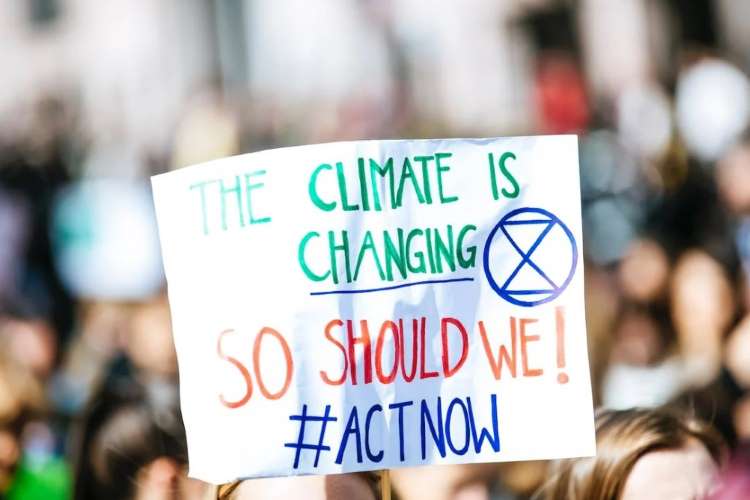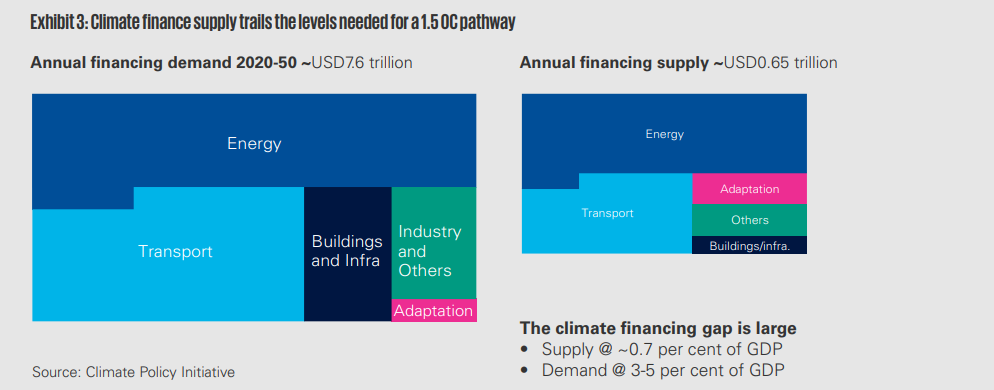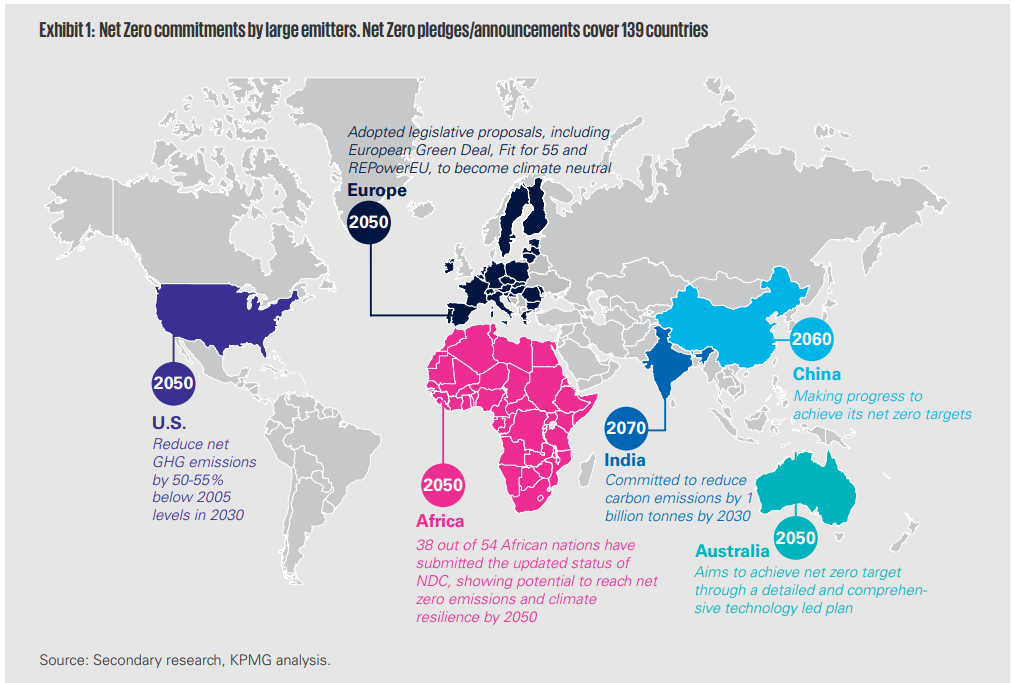
Innovation in climate finance: Developing countries are extremely vulnerable to the impact of climate change, despite contributing very little to global greenhouse gas emissions. This is because they lack financial resources, technological capabilities, and institutional capacity to adapt to the changing climate. This problem is evident in the case of Sub-Saharan Africa and South Asia.
The cost of climate change mitigation and adaptation for developing nations would be between $160 billion and $340 billion per year by 2030. The required funding may rise to $315-$565 billion per year by 2050. However, the commitment made by developed countries in the Paris Agreement to avail $100 billion per year by 2020 for developing countries has not materialised yet with just $83 billion being mobilised from various sources for mitigation and adaptation.
Limited domestic resources make it challenging for low-income countries to mobilise financial resources domestically to address climate change impacts, resulting in heavy reliance on inadequate external finance. Most of the externally mobilised finance is allocated to mitigation, with relatively less funding allocated to addressing climate change impacts.
READ I Odisha crash: Indian Railways draws flak for misplaced priorities
Lopsided flow of climate finance
Between 2016 and 2020, nearly 70% of climate finance mobilised went towards mitigation projects or activities. Furthermore, most of the mitigation finance flows to emerging economies, where mitigation costs are relatively cheaper and abundant opportunities exist. Mitigation receives more funding than adaptation due to its easier definability and categorisation, as well as the immediate and certain financial returns associated with activities such as solar panel installation and electric vehicle manufacturing, unlike many long-term resilience-focused adaptation activities.
Unlike mitigation, adaptation lacks carbon markets that provide investment incentives. Private investment in adaptation projects remains significantly low, with adaptation financing through green bonds constituting less than 4% of total green bond spending in 2021, according to S&P data.

The limited flow of finance to adaptation activities or projects poses a significant challenge for low-income countries in scaling up investment in adaptation strategies. Least developed countries, small island countries, and Africa are most in need of adaptation investments but face limited domestic resources, lack appropriate institutional capacity, and struggle to attract private investment due to policy and economic conditions. Funds mobilised by multilateral institutions and donations from advanced countries are grossly inadequate compared to the actual needs.
Multilateral initiatives like the Least Developed Countries Fund (LDCF) have organised $1.65 billion in donations from industrialised countries over the last 20 years, supporting 320 adaptation projects across 51 least developed countries. Although LDCF projects have enhanced physical and infrastructure resilience and strengthened institutional capacity, they remain inadequate in meeting requirements.
Private investment in crucial sectors for livelihood and adaptation in developing countries, such as water and agriculture, has been severely limited. In several cases, private investment flows into large-scale export-oriented projects rather than small-scale activities that sustains local populations, like agriculture in Africa. The preference for natural resource extraction over tertiary sectors like health or education further exacerbates the issue. Consequently, most least developed countries struggle to attract diverse forms of finance, hampering their ability to invest in climate adaptation activities.

Due to various factors, including limited institutional capacity, the current combined flow of investment in climate adaptation activities or projects in developing countries is grossly inadequate compared to the actual needs. Therefore, there is a crucial need and opportunity for specialised institutions to play a greater role in mobilising financial resources and effectively implementing climate adaptation projects.
Development Banks have historically played a critical role in advancing industrialisation, creating industrial and physical infrastructure, and achieving national development goals. Since climate impacts are inherently developmental concerns, these specialised institutions have the potential to mobilise domestic resources through different financial instruments and coordinate the flow of external funds.
Establishing specialised institutions would also facilitate the coordination and effective assessment of various climate projects. Development Banks would not only mobilise financial resources for climate adaptation projects but also strengthen the institutional capacity of developing countries in planning and coordination.
The impact of climate change is already being felt in developing world in the form of frequent and severe extreme weather events, rising sea level, and changes in agricultural yields which can lead to increased poverty, hunger, and disease. The challenge faced by the developing countries is the limited flow of finance for adaptation activities which will require innovative finance models from specialised institutions.
(Santosh Kumar Das is Faculty at Institute for Studies in Industrial Development, New Delhi. Khushboo Uppal is Doctoral Research Scholar at TERI School of Advanced Studies, New Delhi. The views expressed in the article are of the authors.)
